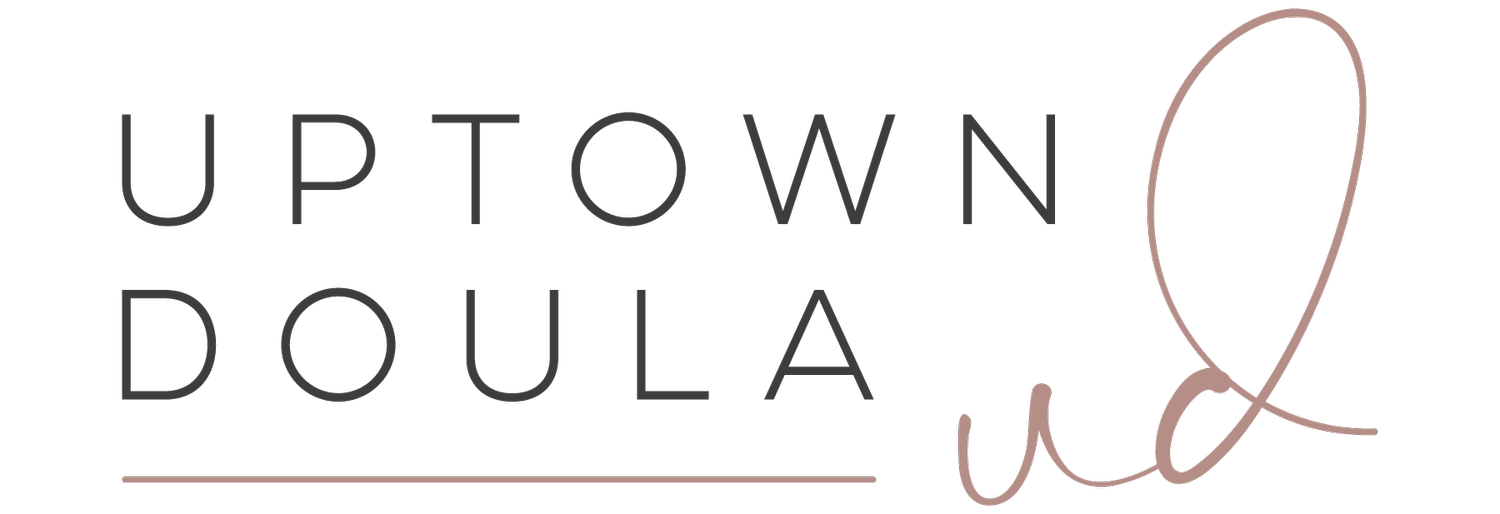Forming a relationship with your baby seems to some to come quickly for some. However, if that isn't you, learning how to build a relationship with someone who does not speak, or really even move that much, is difficult.
For the majority of time when your newborn comes home, bonding centers around fulfilling their needs - holding them for comfort, feeding them, and helping them rest. It tends to be a very one-sided relationship - until we break down what is happening hormonally. Hormonally, both are benefitting from the exchange.
Oxytocin is the bonding hormone. It is also the "love" hormone. And it is a hormone that gets released when we eat, when we pet our animals, and when we give or receive hugs from people we like.
So how do we get oxytocin flowing? Plenty of ways! We want to give some ideas of how to bond with your baby that isn't breastfeeding so you can stimulate healthy connections.
Rethinking The Diaper Change
Changing diapers often gets sold as the worst job. But what if I were to tell you that the time you spend changing diapers can be one of the most powerful for forming connections and bonding?
Think about it. If the intent of the diaper change shifts to bonding with your baby, then the experience can be one where you both benefit.
Start with talking about what you are about to do: "Ok, baby, you have some messy pants, and to help you feel better and stay healthy, I'm going to change you!"
Keep talk through what you are doing with lots of eye contact: "I'm going to take your pants off, and unsnap your shirt, take your diaper off...here is the wipe...it might be a little bit cold!...now I'll lift your legs, and pull this all snug and secure...and now I'll get all your clothes on and help you get warm and snuggly again!"
You can be quick about the diaper change if you like, but why not also stimulate your baby's toes or feet and name the things they are feeling: "These are your toes! You will be able to wiggle your toes soon! Can you touch your toes? Are your feet ticklish?"
When you are done, tell your baby you are done! "We're all done changing your diaper. Now we are going to visit the sink to wash hands, and then see what else is going on in the house!"
You are going to spend A LOT of time changing diapers during your child's life. If you start explaining what you are doing, as they get older, you will notice your baby may begin to anticipate what comes next, and lift their legs for you, or put their feet down. Knowing what is happening helps to build trust, and trust helps to strengthen bonds in a family!
Bedtime routine
Bedtime routines come in every shape and size, from a bath with lotion, pajamas, books, lullabies, and last feedings, to just putting your babe in their swaddle. Whatever you decide as a family to do for bedtime, just about every part can be an opportunity to bond.
Bathtime - can offer warmth and comfort that helps to relax and release stress
Lotion- once your baby is old enough to use lotion, it turns into an experience for skin-to-skin contact. Skin to skin increases blood flow, and oxytocin AND reduces stress
Reading books - Reading books is a great way to bond at any time of the day. It is a chance for closeness, a way to hear your voice, and have a new experience with an object that moves in a linear timeline, offering more opportunity for predictability and joy as you find certain books you like to read over and over.
Babywearing
Using a babywearing device is an excellent way to bond because of the sheer closeness and ease of movement. Your baby can feel the comfort be being close to a trusted caregiver, plus have the comfort of movement and vibration from vocal tones. The other added benefit is that if there is a need your baby has, you can give care very quickly.
Did a pacifier fall out?
Irritation from a wet diaper?
Starting to get hungry?
You are touching, so meeting those needs can happen very quickly!
These are a few ways to bond outside of mealtimes, but any interaction can be an opportunity to bond with your baby. Make eye contact, hold your baby's hand, talk in a soothing voice, and build each of those interactions on top of another.

